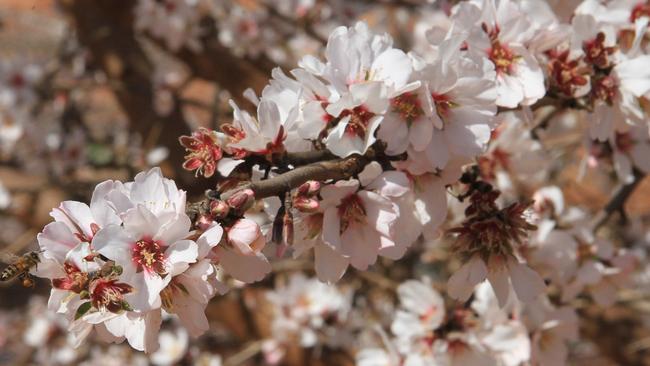Almond Board of Australia: Tough season for almost growers
Aussie almond growers have struggled to break even as prices drop to an all-time low and the cost of production rises.
Australian almond growers have faced “one of the toughest seasons” due to historically-low prices and reduced production volumes, to export healthy volumes of almonds.
The latest Almond Board of Australia marketing position report, published last week, showed total shipped volumes for the 2023-24 year to February surpassed 131,000 tonnes, inclusive of domestic and international exports.
That figure is up on the 129,500 tonnes shipped for the same period in 2023.
Almond Board of Australia chief executive Tim Jackson said growers had faced tough conditions, low-prices and reduced volumes.
“Breaking even was a huge challenge for many growers given the costs of production on top of the two other factors,” Mr Jackson said.

Despite crop production down 34 per cent on pre-harvest estimates, Mr Jackson attributed the success to processors opting to clear our warehouses of old-crop nuts “to offset a smaller crop and boost revenue”.
“The challenge of course is that old season product does not fetch premium pricing and is usually diverted into markets that are looking for low-cost manufacturing grade stock,” Mr Jackson said. Turkiye and Spain were among the top buyers of the lower-grade product.
“Growing conditions in the lead-up to the 2023 crop were less than ideal. Above average rain, cold pollination and cooler lead up to harvest all contributed to the reduction.
“Almond trees do not produce well in wet humid conditions, which is why the industry’s footprint is across the southern Murray Darling Basin. The hot dry summers and chilly winter are key climatic elements that make it one of the best places to grow almonds in the world.”
Key export markets for Australia included India and China, Mr Jackson said, despite the report finding almond sales into China declined in February year-to-date from 50,848 tonnes kernel weight to 33,434 tonnes kernel weightfor the same time last year.

“India and China remain integral markets, especially for in-shell sales, while European destinations like Germany and Netherlands remain pivotal to our premium end products,” Mr Jackson said.
“It remains to be seen whether the volumes to Spain and Turkey are sustainable now that processors have cleared out a lot of their older inventory.”





